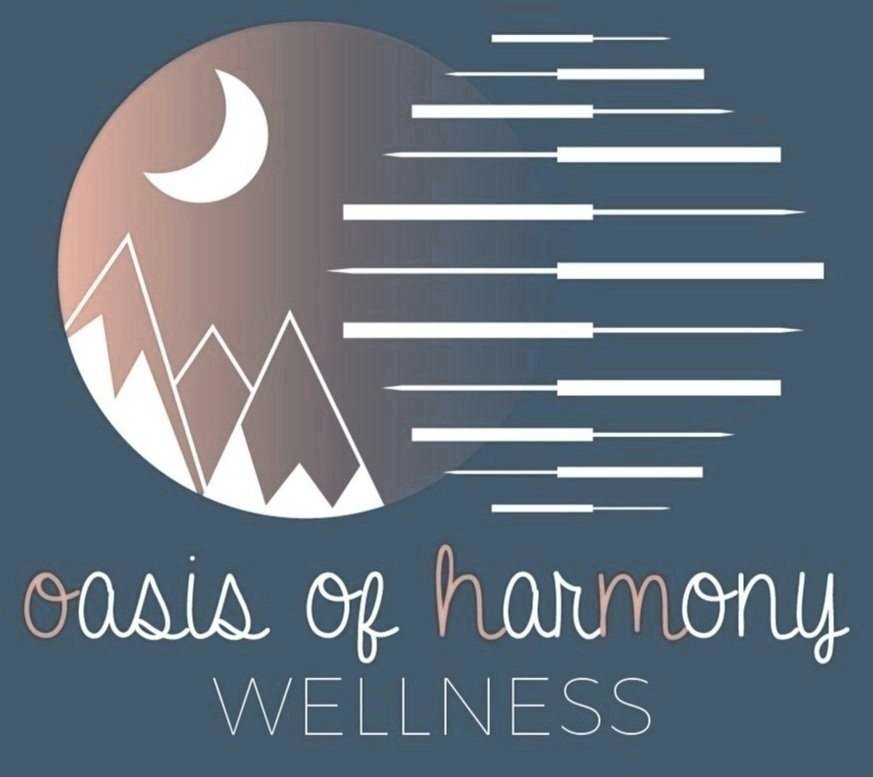
Frequently Asked Questions
-
The World Health Organization recognizes over 200 symptoms & diseases that can be effectively treated with acupuncture.
Some of these include:
- Pain: low back pain, sciatica, neck pain, tennis elbow, knee pain, pre-arthritis of the shoulder
- Gynecological: irregular menstruation, PMS, endometriosis, PCOS, infertility, menopause, induction of labor
- Gastrointestinal: IBS, Crohn’s disease, constipation, diarrhea, nausea, vomiting, bloating, abdominal pain
- Respiratory: allergies, colds & flus, sinusitis, bronchitis, asthma
- Emotional & Psychological: anxiety, depression, insomnia, stress
- Genitourinary: urinary tract infection, kidney stones, frequent urination, incontinence, impotence
- Metabolic & Circulatory: diabetes, hypothyroid, hyperthyroid, obesity, hypertension, anemia, stroke
- Musculoskeletal: pain, arthritis, neuropathy, fibromyalgia, MS
- Neurological: headaches, migraines, trigeminal neuralgia
- Immunological: chronic fatigue, candida, side effects of chemotherapy, side effects of radiation treatment
- Dermatological: acne, psoriasis, eczema, dry skin -
Acupuncture is not painful. It is common to feel sensations of tingling, heaviness or a dull ache-like feeling. There are acupuncture points all over the body and some points may be more sensitive than others. The needles used are very thin, as fine as a human hair, and are not hollow like a hypodermic needle. About 40 acupuncture needles can fit inside a needle used to administer a shot. The needles used are single use, sterile and disposable.
-
If acupuncture is performed by a trained and licensed practitioner, yes. Acupuncture has been used for over 2,000 years as a healing modality. Licensed practitioners are highly trained in clean needle practices, safety, human anatomy, needling techniques and needling depths in order to ensure patient safety.
-
The first acupuncture treatment will consist of a through intake of your health and symptoms. Once the intake is complete, your practitioner will take your pulses and look at your tongue. Based on the results, your practitioner will create a treatment plan of acupuncture points to be chosen to treat your symptoms. Points most commonly used are located below your elbows and knees. You will relax while needles are inserted and retained. Other healing techniques such as moxibustion, cupping and gua sha may also be incorporated into your treatment. Your practitioner will walk you through the treatment step by step. Patients report feeling calm, peaceful, clear headed and relaxed after treatment.
-
Acupuncture is traditionally thought to stimulate and balance the life energy which is called qi (pronounced chee) that is flowing through the body. This is done by putting acupuncture needles into specific points on the body called acupoints. These points are located along channels that are all over the body called meridians. Meridians connect all of our major organs. Acupuncture’s goal is to restore balance within the balance. In Chinese Medicine theory, illness occurs when the flow of the qi within the meridians becomes unbalanced or blocked. Research has recently shown that acupuncture treatment creates physiological changes in the body including production of the body’s own natural painkillers and anti-inflammatory agents. Other changes that have been shown include improvement in hormonal activity and immune system functioning.
-
Acupuncture can be extremely effective for pregnancy symptoms such as morning sickness, sleep issues, digestive trouble, fatigue, hormonal mood shifts and breeched birth presentation. It is a safe and highly supportive option that offers women a non-invasive as well as organic and non-chemical form of therapy to relieve symptoms.
-
The quick answer is that you can come as often as you are able to or would like to!
It is recommended that all patients come weekly for the first 4 weeks. This allows for your practitioner to be able to establish a baseline as well as for patients to begin to notice any shifts. After 4 weeks, your practitioner will discuss based on treatment progress how often is recommended.
Depending on the person, some come weekly, bi-weekly, monthly or seasonally. -
I do not currently accept insurance but I can code and fill out any necessary paperwork for reimbursement if your health insurance plan covers treatment out of network.
-
Acupuncture is a powerful healing modality to incorporate into your self-care and wellness routine. Acupuncture should not take the place of a regular primary care physician. Acupuncture is a great way to support your healing and symptom relief. With consent, practitioners can communicate and collaborate with your Western medical physicians.
-
NADA is a particular acupoint protocol using auricular acupuncture points to aid in the process of addiction recovery. NADA has been proven to be highly effective in reducing cravings and lowering withdrawal symptoms in addition to supporting an overall sense of wellbeing. A NADA detox specialist is certified to administer the protocol and support patients in their recovery journey.

